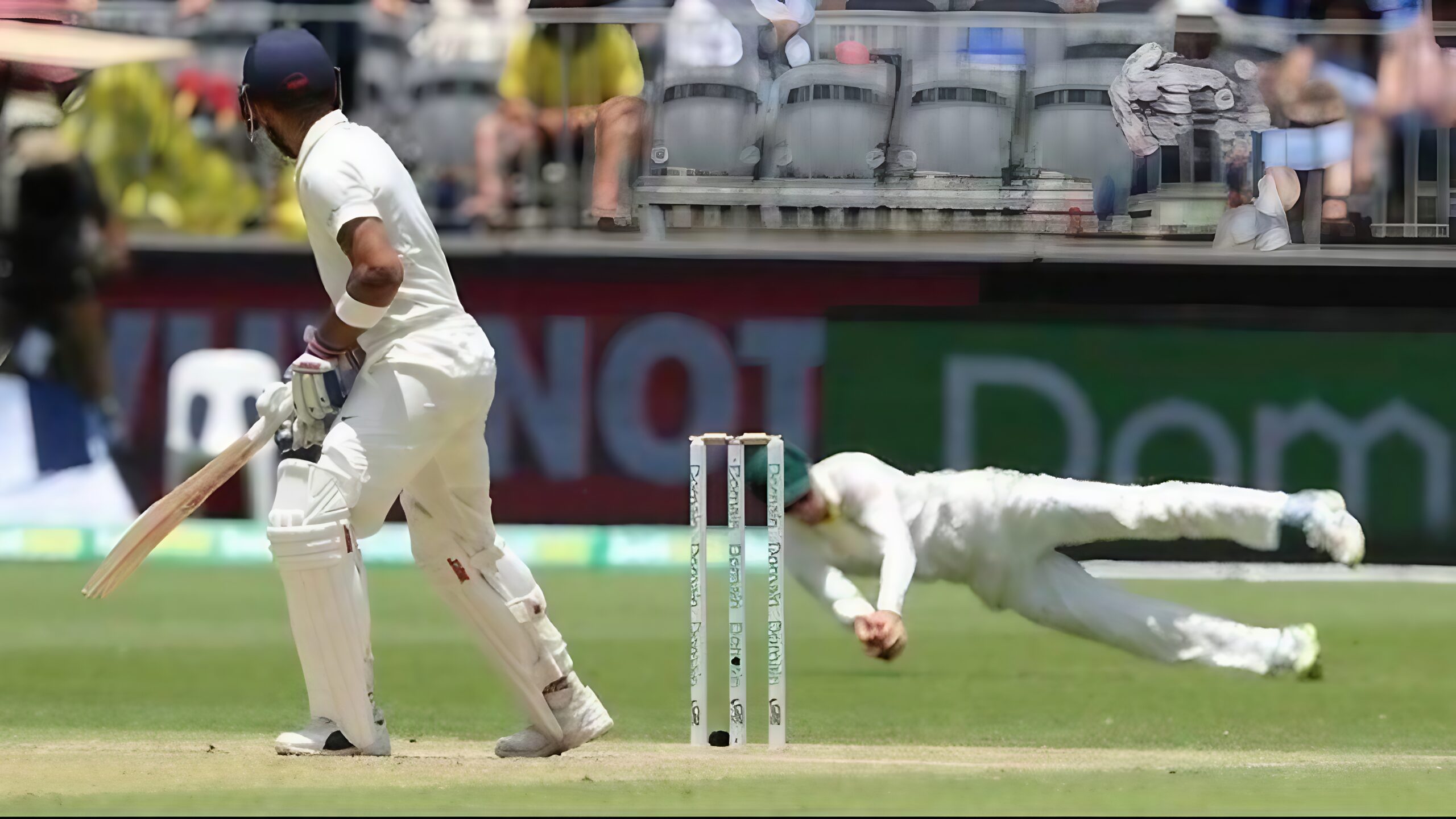Understanding Outs: A Key Element of Cricket Strategy
Outs are fundamental in cricket, often making the difference between a winning game and a missed opportunity. Knowing the types of outs in cricket is essential for players, coaches, and fans alike, as each out presents its unique challenges and requires specific techniques to execute or avoid. This post aims to give you an in-depth look at how different outs impact strategy, helping you develop a well-rounded approach to the game.
Why Outs Matter in Cricket Strategy
In cricket, a team’s batting lineup relies on a solid strategy for scoring runs, while the fielding team strategizes on how to get each batter out. Outs are, therefore, a strategic asset for the bowling and fielding sides. Each out creates a turning point in a game, applying pressure and shaping how teams adjust their tactics. From run-outs to bowled and caught outs, each has a unique way of shifting the momentum in a game.
Types of Outs in Cricket
There are several ways a player can get out in cricket, each having a particular role in both batting and fielding strategy. Let’s walk through the main types of outs and understand how each contributes to the overall dynamics of the game.
Bowled
The “bowled” out is when the bowler successfully hits the stumps with the ball, dislodging the bails and ensuring the batter is dismissed. This type of out is often a showcase of skill and precision from the bowler, targeting the batter’s weak spots. Bowlers who excel in delivering accurate and well-placed deliveries are more likely to get a bowled out.
Strategic Importance
For bowlers, a bowled out serves as a confidence booster. By getting the batter out through skillful bowling, the bowler builds pressure on the next batter and establishes dominance. For the batting side, avoiding bowled outs requires solid defensive skills and careful judgment.
Caught
A “caught” out happens when the batter hits the ball in the air, and a fielder catches it before it hits the ground. Caught outs are one of the most common ways a batter is dismissed and often result from pressure created by field placement or bowling variations.
Also Read : Cricket Rules and Regulations Every Cricket Player Should Know
Strategic Importance
Caught outs often happen when a bowler successfully tempts the batter into playing risky shots. In fielding strategy, placing fielders in the right spots increases the chances of catching these aerial shots. Batsmen, on the other hand, must focus on playing grounded shots and reading the field well to avoid this type of out.
Leg Before Wicket (LBW)
Leg Before Wicket, or LBW, is a dismissal where the batter is ruled out if the ball would have hit the stumps but was blocked by their leg. LBWs are significant because they require a high level of judgment from the umpire, and they often occur due to a bowler’s strategic line and length delivery.
Try the Free Net Run Rate Calculator today
Strategic Importance
Bowlers specializing in LBW dismissals aim for accurate and consistent deliveries that pitch in line with the stumps. For batters, avoiding LBW requires sound footwork and positioning, ensuring they don’t place themselves in front of the stumps. LBWs are impactful in limited-overs matches, where each batter’s dismissal holds greater weight.
Run Out
A run-out occurs when a fielder dislodges the stumps with the ball while the batters are running between wickets, but one batter hasn’t reached the crease in time. Run-outs are common in high-pressure situations, often when batters try to take risky singles or doubles.
Strategic Importance
Run-outs can turn the tide of the game by quickly shifting momentum. Fielders and wicketkeepers play a key role here, requiring accuracy, speed, and situational awareness. Batters, meanwhile, need good communication and quick decision-making to avoid risky runs that could result in a dismissal.
Stumped
A stumped out is similar to a run-out but generally occurs when the batter steps out of the crease to play a delivery and misses the ball, allowing the wicketkeeper to remove the bails. Stumping is a skillful move from the wicketkeeper and usually happens off spin bowling.
Strategic Importance
Spin bowlers often set up stumping opportunities by tempting batters to step out of their crease. For batters, defending against a stumped out requires sharp footwork and restraint, especially against skilled spin bowlers. Stumpings add an extra challenge to batters who are more aggressive or attempt advanced shots.
Hit Wicket
Hit wicket outs occur when the batter accidentally hits the stumps with their body or bat during their shot. This type of dismissal is less common but highlights how vital footwork and positioning are for batters.
Get your Cricket Toss Coin now From The Dressing Room.
Strategic Importance
Although rare, hit wicket dismissals can have a psychological impact, often shaking the batter’s confidence. Batters must stay aware of their position and technique to avoid this type of out, especially when playing shots toward the leg side.
Obstructing the Field
This rare dismissal occurs when a batter deliberately obstructs a fielder attempting to play the ball. It’s a form of sportsmanship violation, but it’s also an effective way for the fielding team to prevent runs.
Strategic Importance
For batters, avoiding this dismissal is straightforward—play fair and avoid unnecessary interference with fielders. For the fielding side, knowing this rule can help when pressing the batter with aggressive field placements.
Building a Balanced Strategy: Using Outs to Gain an Advantage
Understanding the types of outs in cricket is essential, but it’s also critical to know how to incorporate them into a broader game plan. Here’s how outs contribute to both batting and fielding strategies.
Bowling Strategy with Outs
Bowlers and their captains often plan how to get each batter out based on weaknesses observed or anticipated. Seam bowlers might focus on bowled and LBW dismissals, especially on swinging or seaming pitches. Spin bowlers, on the other hand, may look for stumping or caught dismissals, tempting the batter to step out or misjudge spin.
Fielding Strategy and Outs
Field placements are crucial in increasing caught and run-out opportunities. By setting fielders in strategic positions, the fielding team can restrict the batters’ scoring options, prompting them to make mistakes. A well-positioned fielder can take advantage of a batter’s weak shot or induce run-out opportunities with sharp fielding.
Batting Strategy to Avoid Outs
Batters need to understand the types of outs they are vulnerable to and adapt accordingly. For example, a player with a tendency to get caught might work on playing grounded shots or avoiding certain risky angles. Recognizing when to play defensively or attack can help batters control their fate and stay on the pitch longer.
The Mental Game: Outs and Pressure
Outs aren’t only about technical skill; they also play a psychological role. As dismissals pile up, the pressure on the remaining batters increases, which can affect their performance and decision-making. Similarly, for the fielding side, taking wickets builds momentum and boosts team morale. Understanding this mental aspect is essential for coaches and players looking to master the strategic edge.
Outs and Game Format Differences
Different formats of the game (Test, ODI, and T20) affect how players approach outs:
- Test Matches: Players have more time, so strategies often focus on consistency and patience, particularly in avoiding outs like run-outs and reckless caught dismissals.
- ODIs: Here, teams aim for balance—batters are mindful of outs while maintaining a steady run rate.
- T20: This format demands quick scoring, so players often take higher risks, increasing the likelihood of caught or stumped dismissals.
Each format requires a specific approach to outs, impacting both the team’s mindset and its strategy.
Final Thoughts
Outs in cricket are more than just dismissals; they’re moments that define a game’s rhythm and often decide the outcome. By understanding the different types of outs in cricket, players and coaches can design effective strategies to either capitalize on or avoid these crucial turning points. For aspiring cricketers, focusing on techniques to reduce your chances of getting out can improve your consistency and impact on the game.
Whether you’re a bowler aiming to master the art of taking outs or a batter working to avoid them, the knowledge of outs will be your most reliable tool for a competitive edge. Use this understanding wisely, and you’ll be well-prepared to adapt your strategy and keep the game in your control.
FAQs
- What are the types of outs in cricket?
In cricket, outs include bowled, caught, LBW, run-out, stumped, hit wicket, and obstructing the field. - How does knowing types of outs help in cricket strategy?
It helps players and teams create targeted strategies for both scoring runs and taking wickets. - What is the most common type of out in cricket?
Caught outs are the most common, often due to risky shots under pressure. - How does format affect out strategy in cricket?
Each format—Test, ODI, and T20—requires different strategies for avoiding or achieving outs, based on game length and scoring pace. - Why is the bowled out significant in cricket?
A bowled out showcases the bowler’s skill and precision, creating a psychological advantage over the batting team














Post Comment